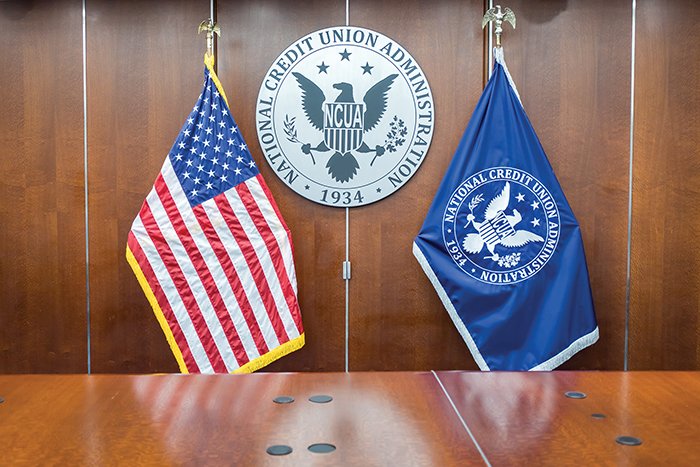SAN FRANCISCO — Contactless payments, long viewed with skepticism by many in the U.S. card industry, are poised to grow sharply in the next 18-24 months, according to a Visa USA executive.
Addressing attendees at PSCU Financial Services 30th Annual Conference, Frank Oliva, vice president of emerging product development for Visa, promised that the card brand would roll out advertising especially geared toward promoting contactless payments this year. The card brand would also begin incorporating contactless card advertising into its other advertising campaigns as well.
The hold up in launching the ad campaign, Oliva said, had been the work that Visa had been doing to tweak some technical aspects of the contactless cards as well as working with MasterCard to come up with a symbol which could be used to both identify contactless capable cards and the terminals where they could be used.
Recommended For You
Oliva said Visa's "paywave" campaign, which it rolled out in April, had been found to resonate with consumers who understood, and liked, the notion of waving their contactless card over a terminal, which they could identify as accepting the payment.
"People easily caught on to the idea of waving their card and paying for whatever they needed," Oliva said, adding, "If the transaction is less than $25 they don't have to sign a receipt which streamlines the process even more."
Oliva said it was the speed and convenience of contactless that is driving the card acceptance among consumers. But it is the increase in incremental transaction volume, as well as the ability to gain and retain customers and differentiate themselves from their competitors that has been driving the card's acceptance among merchants, Oliva said.
Merchants have found that their sales rise when they accept contactless payments, Oliva said, and they believe accepting the payments gives them an advantage over their competitors down the street who may not have begun accepting them, he added.
"It's not that consumers will necessarily spend more per transaction on contactless than they would otherwise," Oliva said, "but merchants have found that consumers will use the contactless card to make transactions which they might, otherwise, not make."
Oliva said these factors have led contactless cards carrying both the Visa and MasterCard brand to increasing levels of acceptance around the world. According to Visa's statistics, there are now 6.5 million contactless cards that have been issued globally, with several major issuers working toward launching their contactless programs. The card brand also reported that contactless transactions grew by 34% per month every month between October 2005 and September 2006.
The data also show that consumers with contactless cards return more often to merchants, Oliva said. So far, Oliva added, there are more than 30,000 locations across the U.S. where consumers can use contactless cards and Visa expects the number of payment locations to double this year.
Oliva also explained that some of the slow pace in developing the contactless card technology has come from the developers striving to create a contactless technology which could be innovated into other types of products, such as smaller cards which still have a magnetic stripe, mini-cards which could fit on a keychain and which would only be used for contactless payments and cell phone technology.
So far, the research has shown that the mini-cards which can be easily used while a consumer has their hands full has had the most resonance with cardholders, Oliva said.
"You know who loved this technology," Oliva asked. "Moms. Mothers with small children have been extremely enthusiastic about a technology which lets them easily buy things at the cash register at the same time they are dealing with kids," Oliva said.
Oliva didn't mention any data about consumer acceptance of the use of cell phones to make contactless payments, but he told a story which, he believes, illustrates how at least some consumers would view the technology.
He described how he had been traveling to Las Vegas and had used his cell phone, which is equipped with contactless technology, to make a payment at a retailer with a contactless enabled terminal. Oliva said a man who had watched him make the transaction had followed him out of the store and stopped him.
"He said 'where did you get that phone' and wanted to know where he could get one that would let him make contactless transactions," Oliva said. "In the end, he asked me if he could buy my phone for $500," Oliva recounted, adding, "I think there will be a high degree of acceptance among at least some consumers for this technology." –[email protected]
© Touchpoint Markets, All Rights Reserved. Request academic re-use from www.copyright.com. All other uses, submit a request to [email protected]. For more inforrmation visit Asset & Logo Licensing.






